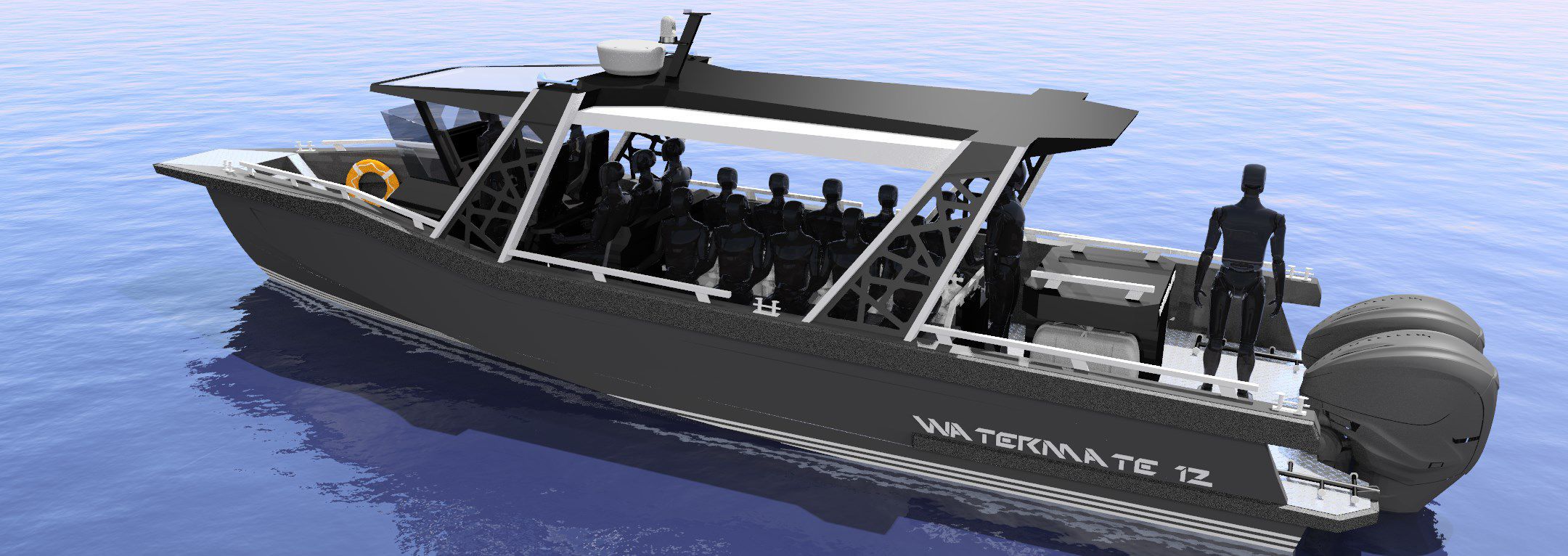


It is a good idea to leave winterize points open as a relief point and place all the drain plugs in a plastic bag. This will most likely involve the removal of several drain plugs, hoses, and in some cases blowing low-pressure compressed air thru the accessories such as heaters and shower systems. Therefore, it's important to not only drain all remaining water out of the engine but also out of any components that may also have water flowing into them, such as the heater, shower, and ballast systems. When exposed to freezing temperatures, there is a high possibility of rendering valuable equipment useless, including the engine block itself from freeze damage. The most important winterization tip is to remove the remaining water in all your engine components and accessories. In our shop, Bakes drains the system, blows out with air, back flushes with antifreeze, then blows with compressed air so whatever is left in the system is mixed or antifreeze only. The only acceptable time antifreeze should be used is for components that cannot be easily drained liked heater cores and shower systems.
#Recommended maintenance for an inboard boat manual
Most engine manufactures recommend draining all the winterization points only in the manual and to be honest, filling the engine with antifreeze sounds easy but done incorrectly will only fill half the engine and leave you with a false sense of security.

If you have to use antifreeze make sure you use the correct pink antifreeze and that you use a minimal amount. Pink antifreeze might be an “easy” solution to freeze protection but is it the right thing to do for our waterways? Your engine uses freshwater coolant, (water straight from the lake), and draining the existing raw water from the engine block and manifolds and replacing it with “ non-toxic antifreeze” is not always environmentally friendly. Many antifreeze products still feature an ethylene glycol base, which is known to release toxins into the water. You can also remove all your spark plugs and spray fogging oil in each cylinder coating each cylinder and cylinder wall with the protective oil. With some fuel-injected engines, you will not see any smoke, about 3 oz or 15-20 seconds of spraying fogging oil is appropriate for a V8 engine. One way is to remove your spark arrestor/air cleaner and spray " fogging oil" down the throttle body or carburetor with the engine running until you see smoke coming out of the exhaust. There are lots of ways to fog your engine, in all cases, this is fairly technical so if you are not experienced, have a shop take care of it. To guard against this situation, you need to “fog” your engine with fogging fluid during long periods of inactivity. When the boat is not being used, oil tends to settle on the bottom of the engine block, exposing the pistons and valves to air, humidity, and other corrosive elements. If you do not have a catalyst equipped exhaust system fogging the engine is a step you should take. “Fog” Your Engine (Non-catalyst equipped engines) If your boat is equipped with a v-drive make sure to inspect and service the v-drive oil when needed as well. Swap out your transmission’s fluid with fresh to avoid the chance of corroded clutches and sticky gears. Do not forget your transmission ATF fluid, it is easy for moisture to get in the transmission from its open vent system mounted so low in the bilge. This will eliminate the chance for moisture and contaminate separation from the system while it sits and provides better overall protection for key internal parts. It is crucial to your engine's health to replace your engine's fluids and filters. Failing to do so will allow moisture in the air to condense on the sides of the fuel tank as the temperature changes causing water contamination in your fuel while the boat is stored. Bakes recommends adding a fuel stabilizer and fill your boat's fuel tank with premium, prior to stowing it away for the winter. In the perfect world, you want no fuel in the tank but that is difficult to achieve sometimes. Below are some helpful tips to protecting your valuable recreational asset during the off-season. Winterizing is preventive maintenance that is necessary for your boat’s survival not only in the winter months but in the summer months as well. There are two important reasons to winterize your boat, preparing for long periods of inactivity and being proactive in protecting your investment from damage. Radar Skis Waterskiing Products, Tubes & Safety Gear


 0 kommentar(er)
0 kommentar(er)
